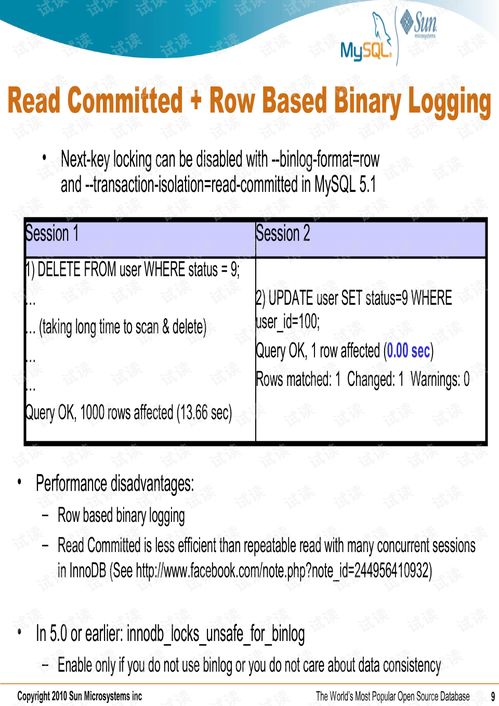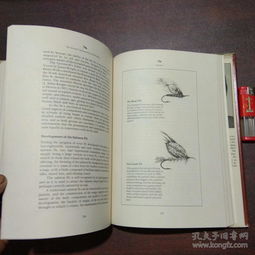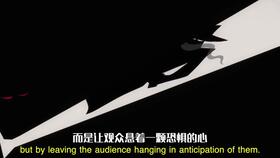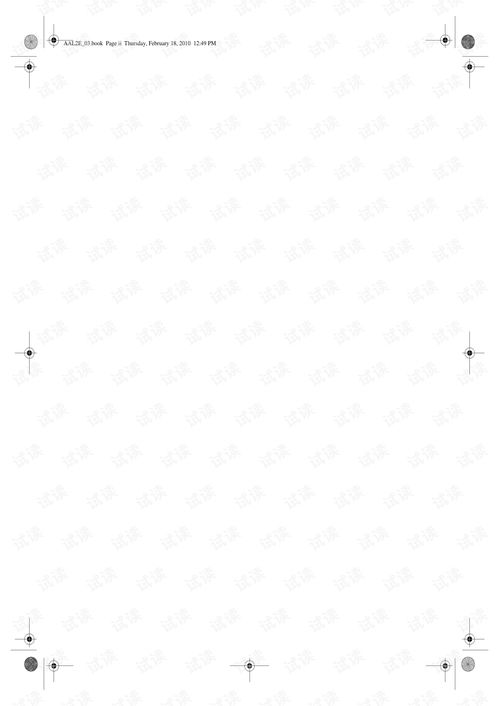Content:
Embarking on a wild fishing adventure can be an exhilarating experience, offering a connection with nature and the thrill of the catch. One of the most popular and challenging aspects of wild fishing is catching baitfish using a float. This technique requires a blend of patience, skill, and understanding of the water and its inhabitants. In this article, we will delve into the essential techniques for mastering the art of wild fishing and catching baitfish with a float.
Understanding the Float
The float, also known as a bobber, is a crucial tool in the wild fishing arsenal. It serves as an indicator of when a baitfish has taken the bait. It's important to choose the right float for the conditions and the type of baitfish you are targeting. Here are some key points to consider:
Size and Shape: The size and shape of the float should match the conditions and the baitfish you are trying to catch. Larger floats are better for deeper waters, while smaller floats are ideal for shallow waters.
Buoyancy: The buoyancy of the float should be sufficient to keep the bait at the desired depth. It's important to note that the float should not be so buoyant that it prevents the bait from reaching the bottom.
Visibility: A float with good visibility is essential for spotting subtle movements that indicate a bite.
Choosing the Right Bait
The choice of bait is as important as the float itself. Baitfish such as minnows, worms, or artificial lures can be used, depending on the species you are targeting. Here are some tips for selecting the right bait:
Natural Bait: Natural bait like minnows or worms can be highly effective. It's important to ensure that the bait is fresh and alive to attract the baitfish.
Artificial Lures: Artificial lures can mimic the movement of real baitfish and can be particularly effective in certain conditions. Choose lures that resemble the species you are targeting.
Matching the Habitat: The type of bait should also match the habitat of the baitfish. For example, if the baitfish are found in weedy areas, using a worm or a lure that resembles a worm can be effective.
Setting Up the Gear
Proper gear setup is essential for successful wild fishing. Here are some key points to consider:
Line: Use a monofilament line that is strong enough to handle the baitfish you are targeting. The line should be thin enough to allow for a natural presentation but strong enough to withstand the pull of a fighting fish.
Leader: A leader of 12-18 inches in length can help protect the line from snags and provide a better presentation.
Hook: The size of the hook should match the size of the bait. A good rule of thumb is to use a hook that is slightly larger than the bait.

Fishing Techniques
Once you have your gear and bait ready, it's time to apply the fishing techniques:
Cast: Cast your line out into the water, ensuring that the float is positioned in the desired location. The distance and direction of the cast will depend on the conditions and the species you are targeting.
Rigging: Attach the bait to the hook and allow it to sink to the desired depth. The float should be set so that it is just above the bottom.
Patience: Wild fishing requires patience. Wait for the float to move before setting the hook. A subtle movement of the float can indicate a bite.
Setting the Hook: When you see a movement in the float, gently pull the line to set the hook. Be prepared for a fight as the baitfish may pull hard.
Reeling In: Once you have the baitfish on the hook, reel it in slowly and carefully. Avoid reeling too fast, as this can spook the fish.
Conclusion
Catching baitfish with a float in wild fishing is an art that requires practice and patience. By understanding the float, choosing the right bait, setting up the gear properly, and applying the right fishing techniques, you can increase your chances of success. Remember, the key to wild fishing is to enjoy the experience and respect the environment. With time and practice, you'll become a master of the art of wild fishing and catching baitfish with a float.












